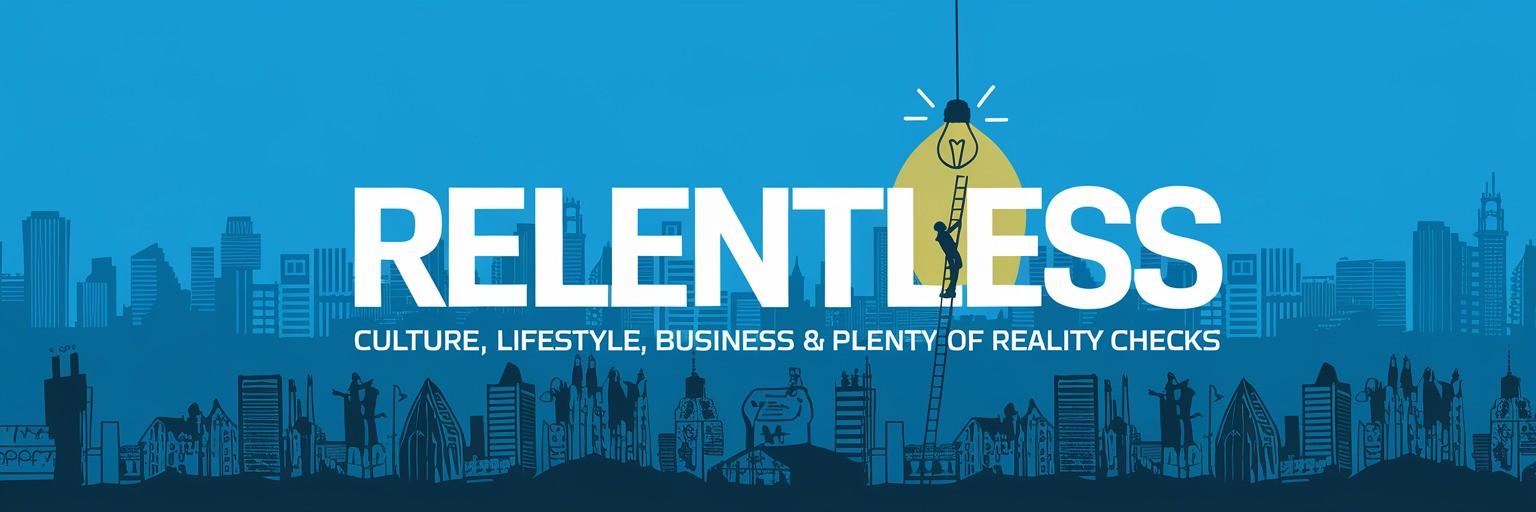About 2,000 transgender people are incarcerated in federal prisons, according to the Bureau of Prisons — a tiny fraction of the federal prison population. But they are disproportionately targeted for abuse and assault.
One of those is Grace Pinson, a self-taught jailhouse lawyer who has sued the Bureau of Prisons more than 100 times for all the harm she has suffered during 17 years in its custody. Fewer than 1% of federal prisoner civil rights claims make it to trial without an attorney, and even fewer win. Pinson took two cases to trial last year — and won them both.
Pinson’s story tugs on several threads: how dangerous life in prison is for transgender people, what care they can access and why getting justice in the courts is so damn hard. It also highlights the role politics plays in the health and safety of trans people in prison, an issue that came up repeatedly in the 2024 presidential election, as Donald Trump used terms like “transgender insanity” and mocked Kamala Harris for supporting “taxpayer-funded sex changes for prisoners.”
Given all the misinformation about transgender people in prisons, here are three things to take away from our story about Grace Pinson, “Assaulted by Her Cellmate, a Trans Woman Took the Federal Prisons to Court.”
1. Transgender women in men’s prisons are a ready target for extortion, exploitation and assault.
When prison administrators are deciding where to house someone, federal law requires that a transgender person’s “own views with respect to his or her own safety shall be given serious consideration.” Yet in practice, transgender people are almost always housed according to their sex assigned at birth. Just 10 of the more than 1,000 transgender women in federal prisons are incarcerated in women’s facilities, according to federal data. A 2020 NBC News investigation found similarly low numbers in state prisons nationwide.
This puts transgender people at increased risk of being assaulted and preyed upon. In one federal study, 37% of incarcerated transgender people reported having been sexually assaulted in prison, versus 3% of everyone else behind bars. Transgender people also tell of being forced into sex work, “pimped” out by fellow prisoners who offer their bodies for money or drugs.
It’s not just physical harm that affects transgender people disproportionately — their medical care and civil rights have also taken up an overlarge share of political debate in the last few years. More than 100 state bills have been introduced this year proposing to restrict transgender people’s access to health care, including bills signed into law in Tennessee and Idaho specifically prohibiting prisons from providing gender-affirming care (a judge temporarily blocked Idaho’s law).
2. The Prison Rape Elimination Act created a lot of rules and regulations. Whether it has helped reduce prison rape is debatable.
Passed by Congress in 2003, PREA’s stated purpose was to “establish a zero-tolerance standard for the incidence of prison rape” in the United States. Its passage created a universe of new procedures and requirements and, as a result, increased awareness among correctional workers of the problem of sexual assault in prisons and jails. But prisoners and experts alike — including those who helped craft the law — say it’s all too common for staff to follow the letter of the law, but not the spirit: They fill out every last piece of required paperwork (and there’s a lot of it), but don’t actually do enough to reduce prison rape.
Part of the problem, experts say, is that the law has no teeth. Its standards are advisory and broad, requiring a prison system to “make its best efforts to comply.” Prisons can’t be sued for failing to follow PREA standards — even if people are harmed by the failure. For example, PREA identifies transgender and intersex people as particularly vulnerable to sexual assault and requires that prison staff make housing and work assignments with that in mind. But Pinson’s cellmate was serving time for a sexual assault, and officials still locked the two in a tiny cell together behind a solid steel door. When Pinson tried to sue on that basis, arguing that she wouldn’t have been assaulted if prison officials had followed PREA’s standards, government lawyers pointed out to the judge that “PREA prescribes no specific action,” and that their staff are free to make housing decisions as they see fit.
3. The Prison Litigation Reform Act made civil rights cases harder for prisoners to bring and harder to win.
In 1996, having warned of an “alarming explosion in the number of frivolous lawsuits filed by State and Federal prisoners,” Congress passed a law that makes it harder for people to file civil rights lawsuits from behind bars — and harder for them to win. The law requires incarcerated people to jump over technical and administrative hurdles that no one else in the U.S. faces before they can file a lawsuit, and limits the damages they can recoup if they win.
The outcome was immediate: In the years since the law was passed, the number of civil rights lawsuits filed by incarcerated people has dropped dramatically, according to data analyzed by University of Michigan law professor Margo Schlanger.
The irony, Schlanger said, is that prisoners were never a particularly litigious group. The reason it appeared as though they filed more lawsuits than other people was that the government controls every aspect of their lives.
As a Supreme Court justice once wrote, “What for a private citizen would be a dispute with his landlord, with his employer, with his tailor, with his neighbor, or with his banker becomes, for the prisoner, a dispute with the State.” The courts are often their only recourse. And limiting prisoners’ access to the courts has meant limiting transparency and accountability for prison officials, as fewer and fewer courts have oversight, even in situations with credible claims of human rights abuses.






